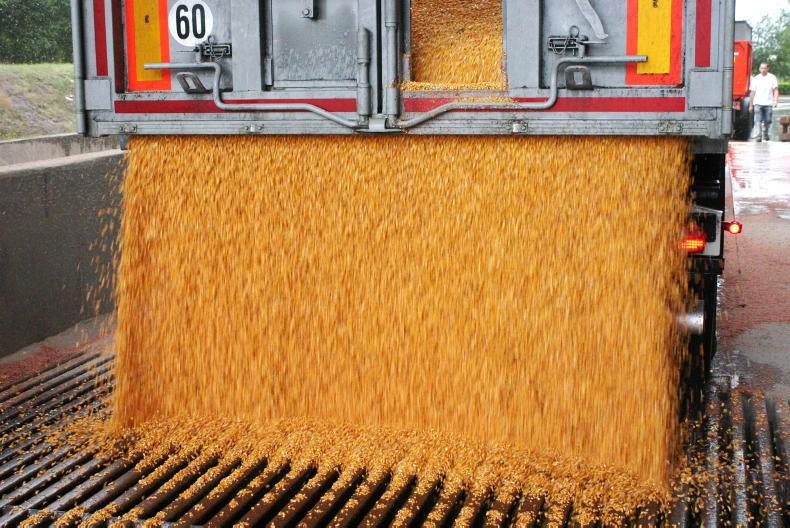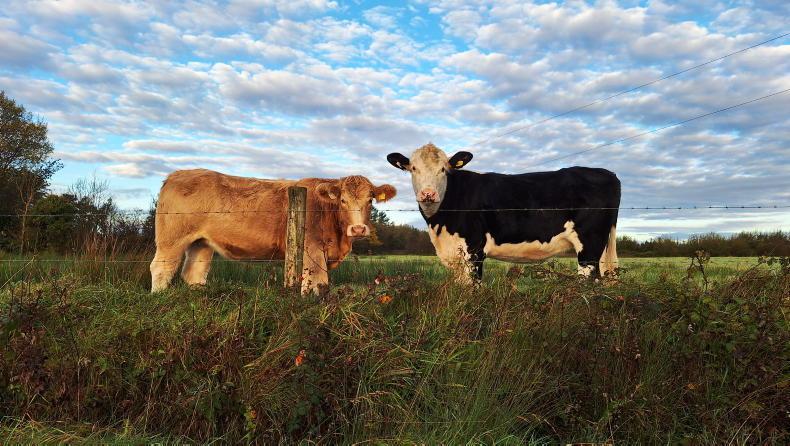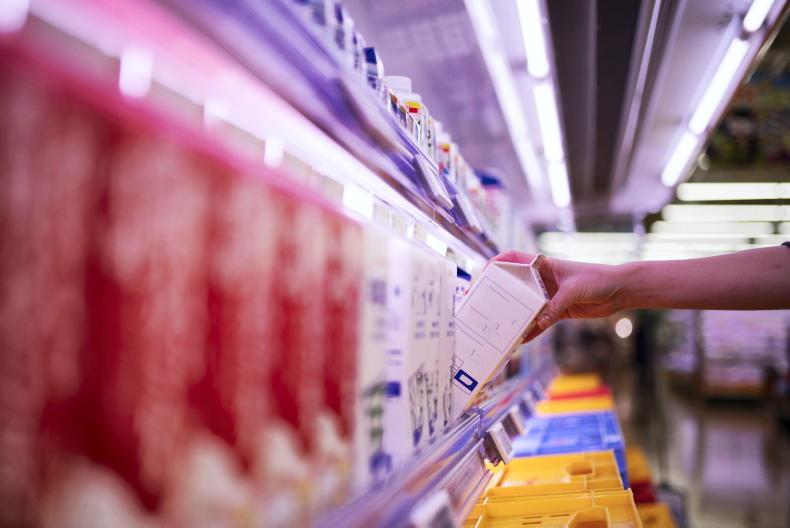The past few months have been very negative on grain trade, with prices falling in all market positions.
The story is broadly similar whether one looks at the spot market or the forward market, as both are influenced by the same sentiment drivers.
It has often been said that if someone could accurately predict markets, he/she would be profiteering from it and not talking about it.
I assume that still holds true today, but the enormous power of the four big international traders - Archer-Daniels-Midland Company, Bunge, Cargill and Louis Dreyfus, known collectively as ABCD - might force one to question that at times, as they control between 70% and 90% of the global grain trade.
That said, there is also something predictable about grain markets, eg it is very difficult to keep them up for two years in succession.
High prices cure high prices
It is easy to generate conspiracy theories around this, but the fact is that “high prices cure high prices”.
In the arena of commercial global farming, high-price signals push planting decisions in one direction or another to increase supply.
Bearing this in mind, the market is now telling us that it is somewhat indifferent to grain production decisions for 2023, because it feels that it will carry additional stocks into 2023 from the end of the current marketing year.
This may prove to be correct or incorrect - only time will tell. But we learned in the past that high prices turned potential deficit years into surplus because of reduced demand and consumption.
Right now, there is good certainty on the supply side (Black Sea aside), but there is considerable uncertainty on the demand side. This is driven by fears of recession and COVID concerns in China, but no one knows the consequences for certain.
Market signals
So what is the market telling us today? Basically it is much less concerned about grain supply and availability than it was six months ago (Figure 1).
But the market still sees current price levels (spot and future) as being high relative to the €230/t to €250/t levels of recent years.
In looking at Figure 1, it is interesting to note that prices really began to rise since harvest 2021 and current physical prices are now on par with where they were one year ago. The question now is will that drop further?
One other point worth noting from Figure 1 are the forward price levels that were available for November 2022 at different points during the growing season.
Not many availed of these opportunities to sell. Even if one did not hit the top of the market, November wheat ran around €350/t for a long period and that is now a very good price compared with around €310/t today.
Sentiment for 2023
What about 2023? It seemed a long time away when we were dealing with huge uncertainty in 2022, but now it has its own story to tell, or at least a piece of this story.
Firstly, forward prices will always be lower than current price or else people would not sell now. So it is hardly surprising that the December 2023 prices run below the values for 2022.
Figure 2 (below) shows that December 2023 price offers dropped well below €300/t by mid-December, but they also dipped below this threshold value back in July.
While the 2023 futures may have no bearing on indicative harvest prices, they do have a bearing on price offers between here and there, as they influence sentiment for forward price offers from co-ops and merchants between now and next harvest.
The current sentiment for next harvest is based on an increased carryover of wheat in particular, with other things returning to normal.
But will recession bite as predicted to decrease consumption or might this marketing year finish up with lower rather than higher end-of-year stock numbers?
Record Australian wheat
There are no certainties at the production side either. We already see difficulties with dryness in Argentina for the crops being sown now and Australia is having a record wheat crop due to plentiful supply of rain. Both of these could be reversed next year.
Already we are being told that wheat area and production in Ukraine will be down considerably for 2023.
This means less wheat and maize available for export, while it had surplus from a reasonable harvest in 2022 plus carryover stocks from 2021 to move during 2022/23. Ukraine seems likely to have much lower overall production in 2023, leaving much less to export.
I am now also hearing rumblings that Russia may reduce its area planted in 2023 to help cope with carryover surpluses from its big crop in 2022, as its exports are reported to be slow in comparison with other years.
Third great yield?
What are the odds that we in Ireland will have a third great yield year in a row? This did happen before, but the spotty nature of many winter crops is unlikely to be conducive to very high yields in 2023.
A similar uncertainty exists for EU grain yields. And it seems unlikely that most countries will suffer poor maize yields again.
So the outcome and yield potential for 2023 remain uncertain, but, as of now, I feel that there is potential for upside in the market.
So there are no certainties for 2023. An escalation of the war in Ukraine would change everything, but no one wants that.
The greatest uncertainly probably hinges around demand and recession. If demand is badly hit, then there will be serious decisions to be made.
High production costs
As we in Ireland look towards 2023, we are most likely facing even higher production costs than in 2022 and no price signal yet that there will be a price level to carry them.
Fertiliser remains the big single cost, but growers can make some alterations to the rates used to influence this in some way.
There is also the option to have more pulse crops to save on total nitrogen requirement. But there are many other costs that continue to creep up due to inflation and many of these cannot be avoided.
Next year will require careful financial management and control. The great fear is for a poor yield year, with bad harvest weather coupled with poor prices and falling CAP payments could cripple many farm businesses. As of now, it will not be a year for taking risks.










SHARING OPTIONS